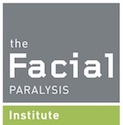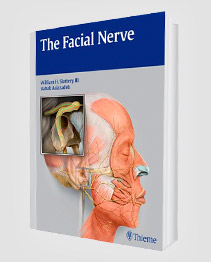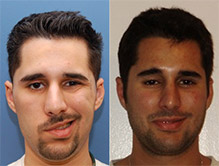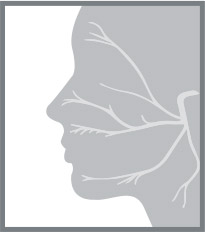When Bell’s palsy strikes, your inability to close your eye properly becomes one of the most immediate concerns. This neurological condition affects the facial nerve, leaving you unable to blink or fully close your affected eyelid. Without proper treatment, your eye becomes vulnerable to serious complications that could threaten your vision.
The good news? Several proven treatment options can protect your eye during recovery, from simple lubrication techniques to temporary protective measures that keep your eye safe while healing occurs.
Key Takeaways
- Bell’s palsy affects the facial nerve responsible for closing eyelids, leaving the eye constantly exposed
- Artificial tears should be used at least every 2 hours during the day to prevent corneal damage
- Overnight eye protection through taping or patching prevents severe dryness complications
- Thicker ointments provide longer-lasting nighttime protection than daytime drops
- Protective eyewear shields the vulnerable eye from environmental hazards during daily activities
Why Bell’s Palsy Affects Your Eye
Bell’s palsy creates a unique problem because it affects only the nerve controlling eyelid closure, not the muscle that opens your eye. Your eye opens normally but struggles to close, leaving it constantly exposed.
This disrupts your natural blinking process that normally spreads tears across your eye’s surface. Without this protection, your eye quickly becomes dry and vulnerable to damage. Understanding what is bell’s palsy helps explain why eye care becomes such a critical priority during treatment.
Recovery Timeline:
- Most people see improvement within 3 weeks
- Full recovery typically occurs within 2-3 months
- About 20% don’t fully recover nerve function
https://facialparalysisinstitute.com/conditions/bells-palsy
Daytime Protection Essentials
Artificial Tears: Your First Line of Defense
Lubricating eye drops replace the natural tear film your compromised blinking can’t maintain. You’ll need to apply drops at least every two hours, though environmental conditions may require more frequent use.
Best practices for eye drops:
- Choose preservative-free options for frequent use
- Wash hands thoroughly before application
- Tilt head back and pull down lower eyelid
- Apply one drop without touching the eye
- Press inner corner for 2 minutes to prevent drainage
The symptoms of Bell’s Palsy vary in severity, so your lubrication needs may differ from other patients. Consistency matters more than perfection.
Environmental Protection
Your partially paralyzed eyelid can’t protect against dust, wind, or bright sunlight. Protective eyewear becomes essential for outdoor activities and even indoor tasks like cooking or cleaning.
Consider these options:
- Regular glasses or sunglasses for general protection
- Wraparound styles for side protection
- Moisture chamber glasses for dry conditions
- Safety goggles for dusty environments
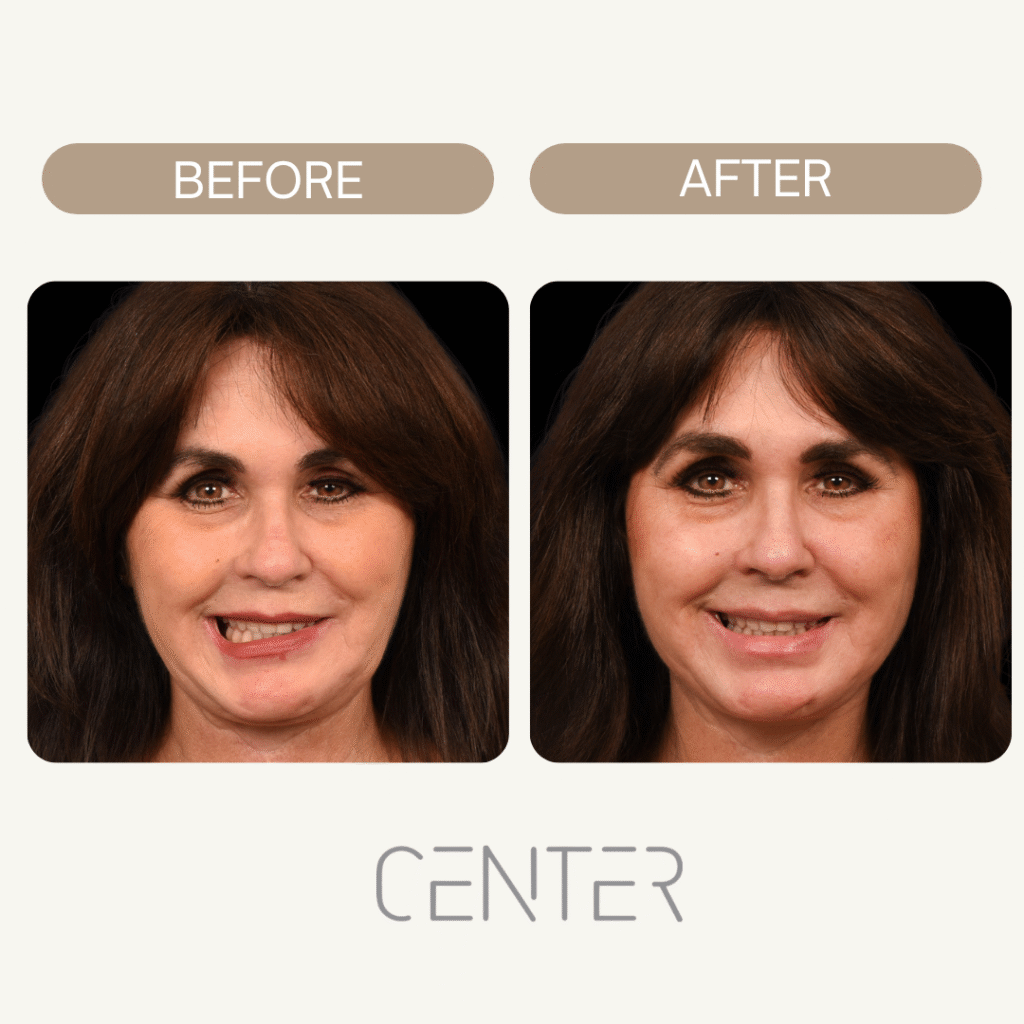
Nighttime Care Strategies
Ointments and Gels
Thicker products provide extended overnight protection when you can’t consciously apply drops every few hours. Apply these after regular eye drops, waiting 3-5 minutes between applications.
While ointments may temporarily blur vision, they create a protective barrier that prevents the severe dryness that develops during sleep.
Eye Taping Method
Taping your eye closed prevents serious overnight complications. Use soft silicone bandaging tape, about 2.5 centimeters wide.
Step-by-step taping process:
- Apply lubricating drops and ointment first
- Look down while gently closing eyelid with finger
- Apply tape horizontally from inner eye beyond eyebrow
- Press firmly to eliminate air pockets
- Ensure complete coverage of eye area
Removal tip: Peel skin away from tape, not tape from skin, to minimize irritation.
Soft Patch Alternative
Some patients prefer sterile cotton gauze patches secured with diagonal tape from forehead to cheek. This method suits people with sensitive skin but requires careful positioning for complete coverage.
https://facialparalysisinstitute.com/blog/3-myths-about-living-with-bells-palsy
Advanced Treatment Considerations
Exercise and Rehabilitation
While exercises for bell’s palsy can help overall recovery, eye-specific exercises need professional guidance. Simple assisted blinking using your finger may help retrain eyelid muscles.
The timing for starting exercises remains debated. Your healthcare provider will guide appropriate timing based on your bell’s palsy diagnosis and recovery progress.
When Basic Treatment Isn’t Enough
Sometimes standard lubrication and protection aren’t sufficient. Warning signs include:
- Persistent pain or discharge
- Significant redness
- Vision changes
- Feeling like something’s constantly in your eye
These symptoms require immediate medical attention and may indicate need for more intensive bell’s palsy management strategies.

Surgical Options for Chronic Cases
Tarsorrhaphy
This minor procedure partially sews eyelids together, reducing exposed eye surface while maintaining vision. It can be temporary or permanent based on recovery prospects.
Eyelid Weight Implants
Tiny gold or platinum weights implanted under upper eyelid skin use gravity to improve closure. These provide better protection while maintaining relatively natural appearance and function.
Monitoring Your Progress
Your protection needs change as recovery progresses. Early stages require frequent lubrication and consistent nighttime protection. As nerve function returns, you may reduce drop frequency or discontinue taping.
Regular follow-ups allow your provider to assess blink strength, tear production, and corneal health. This ensures your protection level matches your current needs without over-treating or under-protecting your eye.
Comprehensive bell’s palsy treatment includes ongoing attention to eye health throughout recovery. Your plan should evolve with your symptoms for optimal protection and comfort.
Taking Action Now
Don’t wait for complications to develop. Start with consistent daytime lubrication and proper nighttime protection immediately. Work with your healthcare provider to adjust your approach based on your specific needs and recovery progress.
Conclusion
Managing Bell’s palsy eye complications requires consistent care and proper technique. From regular artificial tears to protective nighttime measures, each element prevents serious problems and preserves vision during recovery.
Success depends on consistency and adaptation. Begin with fundamental lubrication and protection practices, then modify your routine as you heal. With proper attention, most patients maintain excellent eye health throughout Bell’s palsy recovery and avoid long-term complications.
Request your consultation with Dr. Azizzadeh today
Call us at (310) 657-2203 to schedule an appointment.
Schedule a Consultation